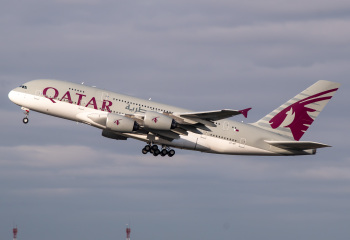Everyone knows the Airbus A380. The aircraft is a true icon, an engineering marvel no matter how many times you see or fly on it. Unfortunately, the age of four-engined aircraft is quickly fading, and various airlines have scrapped the aircraft or announced plans to phase out their Airbus A380s.
However, it's important to note that the superjumbo has never suffered a fatal accident in the nearly two decades of Airbus A380 operations. Why is this and does that make it the world's safest aircraft?
Lack of Success
Comparably, the Airbus A380 is less successful in terms of sales when weighted against the iconic Boeing 747 or Airbus A350. Production ended in 2021 with only 254 examples built. The small number of A380s built assists its stellar safety record. Fewer aircraft equates to a smaller chance of accidents.
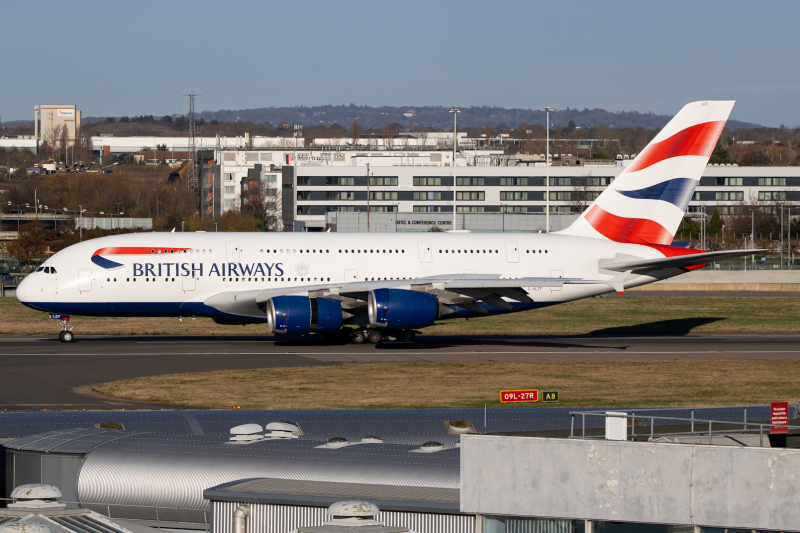
It should be noted that there is no relationship between airframes produced and accident probability. Nevertheless, it's reasonable to suggest that a higher number of a particular aircraft model in service increases the chances of one being involved in an accident.
For example, the Boeing 737 family has been in service for nearly 60 years with over 10,000 planes manufactured. While the Boeing 737 is a safe aircraft, it has been involved in far more incidents throughout its history.
Another reason for the Airbus A380's clean safety record is the aircraft's usage in one day compared to narrowbody aircraft like the Airbus A320. and Boeing 737.
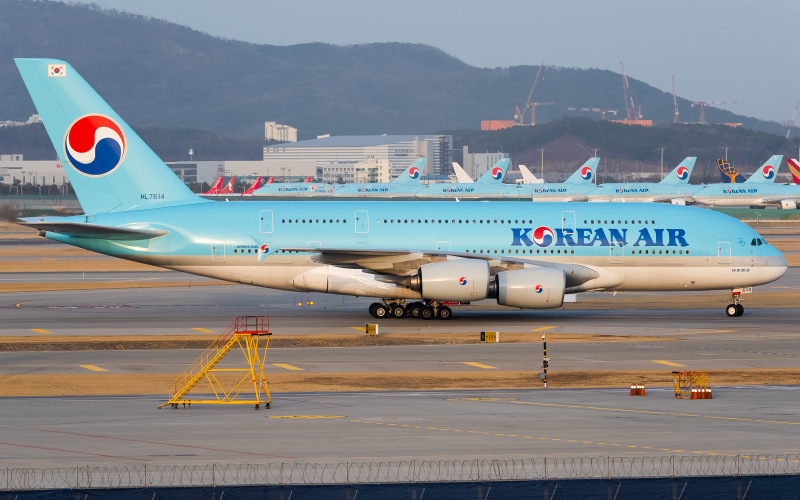
Because the Airbus A380 was built for high-capacity, long-haul operations, it will usually operate one or two flights a day. Narrowbody planes like the Airbus A320 and Boeing 737 usually do short-haul flights which sees them operating as many as six flights in one day.
Most accidents tend to occur during the takeoff or landing stage. With the A380s operating fewer flights a day, there are fewer chances of an accident occurring.
The Airbus A380s Safety Record
The Airbus A380 has not experienced a fatal or hull-loss incident. A hull loss is when the aircraft is extremely damaged in the incident to where it must be written off and cannot return to service.
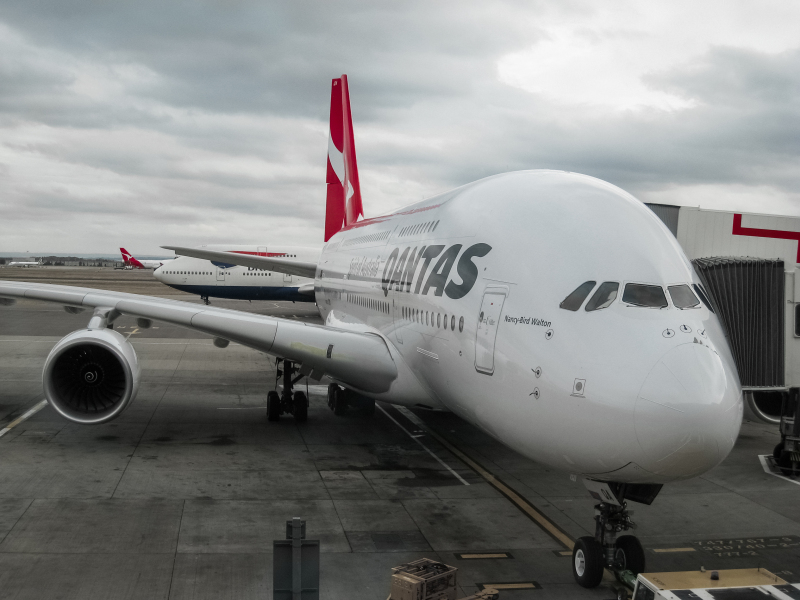
However, the plane has been involved in several accidents. One of the most well-known A380 incidents transpired in November 2010 involving Qantas Flight 32. The Airbus A380, registered VH-OQA, was climbing out of Singapore en route to Sydney when its left inboard engine suffered an uncontained failure.
Shrapnel from the failed engine punctured the aircraft's wing and caused a fuel tank fire. Thankfully, with the plane's built-in security features, the fire self-extinguished and the crew were able to safely return to Singapore. None of the 440 passengers or 29 crew were injured. VH-OQA was repaired and returned to service.
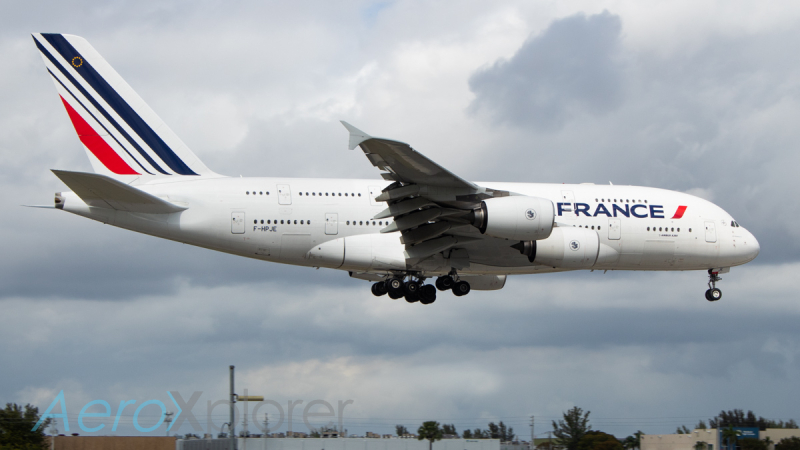
A more recent incident involved Air France Flight 66. This took place on September 30th, 2017, and involved F-HPJE. The flight was en route from Paris to Los Angeles when the A380's rightmost engine suffered an uncontained failure over Greenland. The flight diverted to Goose Bay, Canada and none of the 497 passengers and 24 crew were harmed.
Reverting to the question "Is the A380 the world's safest aircraft?", the Airbus A380 cannot be singled out for its safety.
This is because the Airbus A380 is not the only plane with a fatal accident rate of zero percent. The other aircraft with this distinction include the Boeing 787, Boeing 747-8, and Airbus A220. In conclusion, while we cannot single out the A380 as the world's safest plane, we can say that it is one of the safest in the skies today.
Comments (4)
 Victor
I feel extremely safe on the beautiful A380-800,, period.
Victor
I feel extremely safe on the beautiful A380-800,, period.



Add Your Comment
SHARE
TAGS
INFORMATIONAL Airbus A380Safest plane in the worlda380world's safest aircraftworld's safest plane AirbusRECENTLY PUBLISHED
 Learjet Owned By Vince Neil Crashes Into Gulfstream Jet, 1 Fatality Confirmed
On February 10th, around 14:30 local time, a Learjet private jet aircraft crashed into another private jet after landing at Scottsdale Airport (SCF) in Arizona.
NEWS
READ MORE »
Learjet Owned By Vince Neil Crashes Into Gulfstream Jet, 1 Fatality Confirmed
On February 10th, around 14:30 local time, a Learjet private jet aircraft crashed into another private jet after landing at Scottsdale Airport (SCF) in Arizona.
NEWS
READ MORE »
 Seattle Plane Strike 2025: Japan Airlines and Delta Collision Raises Safety Concerns
Seattle-Tacoma International Airport saw a concerning incident on Wednesday morning when a Japan Airlines (JAL) plane clipped a parked Delta Air Lines jet while taxiing. Thankfully, no one was injured, but passengers described the collision as a frightening experience.
NEWS
READ MORE »
Seattle Plane Strike 2025: Japan Airlines and Delta Collision Raises Safety Concerns
Seattle-Tacoma International Airport saw a concerning incident on Wednesday morning when a Japan Airlines (JAL) plane clipped a parked Delta Air Lines jet while taxiing. Thankfully, no one was injured, but passengers described the collision as a frightening experience.
NEWS
READ MORE »
 Ethiopian Airlines Expands Cargo Fleet with New Boeing 777 Freighter
Ethiopian Airlines has expanded its cargo fleet with a brand-new Boeing 777 Freighter, registered as ET-BAB (MSN 68140). The aircraft was delivered directly from Boeing’s factory in Everett, Washington, USA, and landed at Addis Ababa Bole International Airport at 3:41 PM (GMT+3) on Wednesday, January 22, 2025.
NEWS
READ MORE »
Ethiopian Airlines Expands Cargo Fleet with New Boeing 777 Freighter
Ethiopian Airlines has expanded its cargo fleet with a brand-new Boeing 777 Freighter, registered as ET-BAB (MSN 68140). The aircraft was delivered directly from Boeing’s factory in Everett, Washington, USA, and landed at Addis Ababa Bole International Airport at 3:41 PM (GMT+3) on Wednesday, January 22, 2025.
NEWS
READ MORE »



